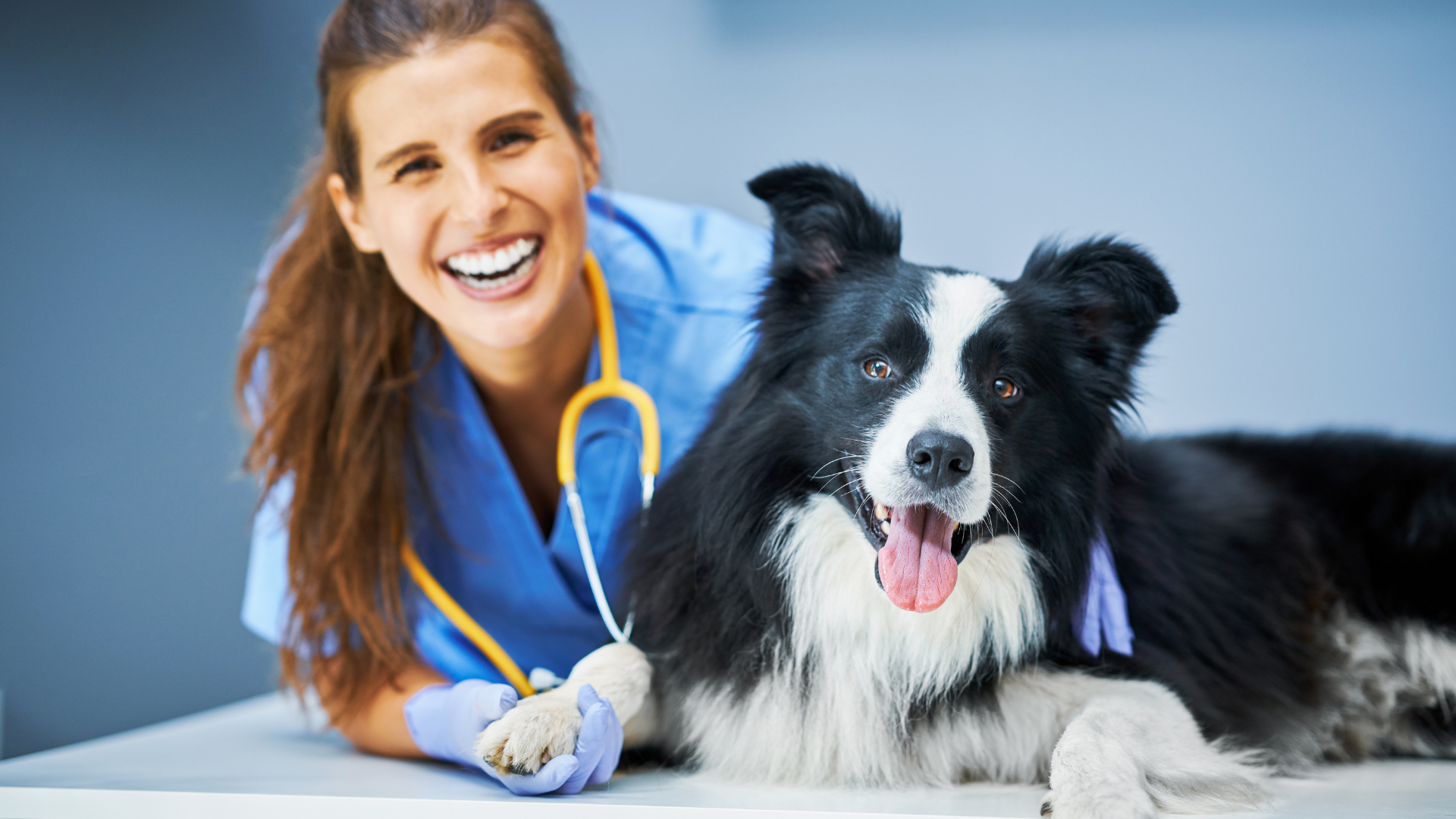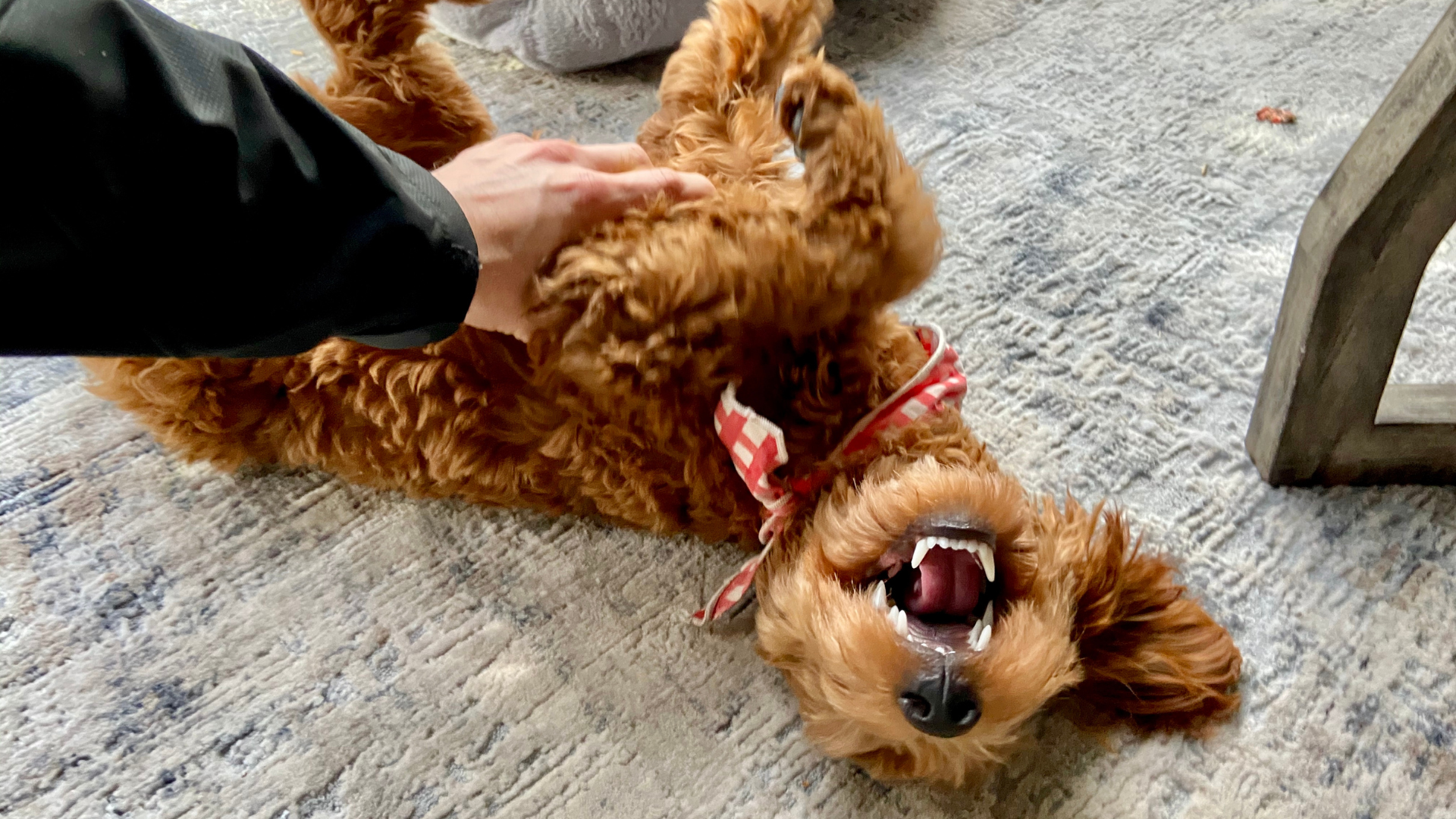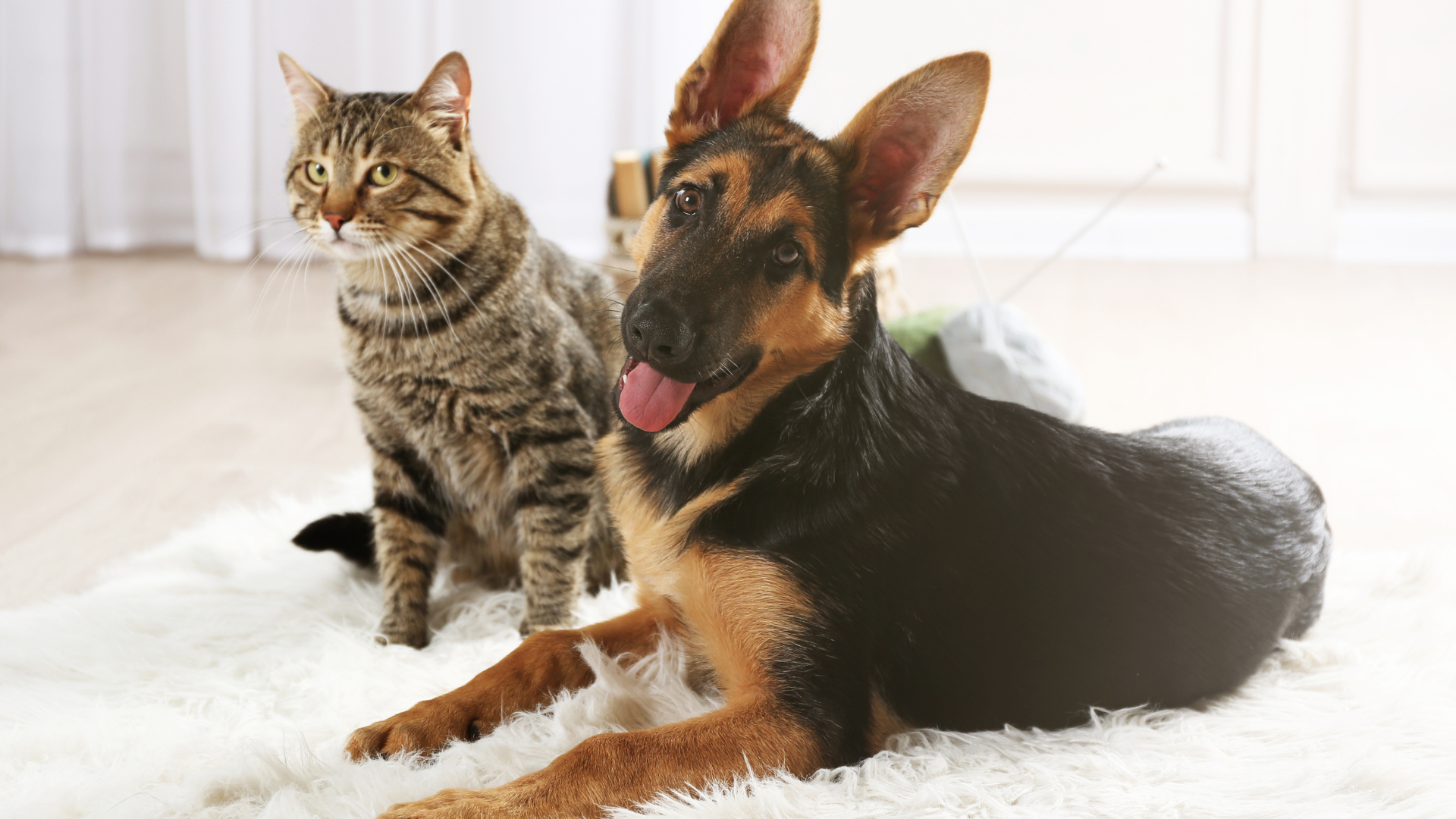If you’re a German Shepherd enthusiast or considering adopting one, you may be curious about the different types of this breed and how each one differs in terms of temperament, size, and suitability for various roles. The YouTube video, "The 5 German Shepherd Breed Types" by Doctor Lindsay Butzer DVM, dives deep into these distinctions, providing valuable insights to help you make an informed decision when it comes to choosing the right German Shepherd. In this blog, we’ll summarize the key points from the video, explore each German Shepherd line, and discuss their specific characteristics, ensuring you know exactly what to expect from these remarkable dogs.
The Origins and Evolution of the German Shepherd
German Shepherds have a rich history that dates back to their origins in Germany. Initially bred as herding, guard, and protection dogs, German Shepherds have evolved over time, creating distinct bloodlines. This evolution was especially influenced by the division of Germany into East and West during the Cold War period (1961-1989), which caused selective breeding practices to diverge. Today, German Shepherds are recognized for their versatility, intelligence, and loyalty, making them ideal working dogs, family pets, and companions.
In this post, we’ll focus on the five main German Shepherd lines, as outlined in "The 5 German Shepherd Breed Types" video. Each line has unique characteristics that make it better suited for certain roles or environments, so it's important to understand their differences before bringing one into your home.
East German DDR Working Lines: Strong and Protective
East German DDR working lines are the largest and most intense of all German Shepherd lines. These dogs were bred for high-drive working roles, including police and military service. As a result, they are incredibly intelligent, with strong protective instincts and a higher level of aggression toward strangers.
While their working drive makes them perfect for jobs that require focus, such as search and rescue, their aggressive nature means they require experienced owners who can provide firm training and discipline. For families with young children or first-time dog owners, East German DDR Shepherds may not be the ideal choice. These dogs need owners who can channel their energy and intelligence into productive activities.
If you're training a German Shepherd, proper tools like high-quality Carpet Deodorizers or All-Purpose Cleaners may help keep your environment fresh and clean, especially during intense training sessions!
West German Working Lines: The Ideal Family Companion
The West German working lines are often regarded as the best choice for families. These dogs are bred for a more balanced temperament, making them calmer and friendlier compared to their East German counterparts. Their intelligence and calm nature make them highly trainable and suitable for homes with children.
West German Shepherds also feature a more manageable coat, which is easier to groom, and their size tends to be more moderate than the larger DDR dogs. Though they are excellent family pets, West German Shepherds still need consistent training and supervision around children. Despite their friendly demeanor, they are still working dogs with high energy levels and a strong desire to please.
For homes with West German Shepherds, it’s important to maintain a clean and safe environment. Using products like Laundry Powder will help keep your dog’s bedding and other items fresh while supporting your cleaning routine.
Czech Working Lines: Agile and Balanced
Czech working lines are characterized by their agility, smaller size, and lean build. These German Shepherds were originally bred for police and protection roles, but unlike the more intense East German DDR lines, Czech Shepherds have a more balanced temperament. They are well-suited for both working roles and as family pets.
The Czech German Shepherds are typically easy to train and adapt well to active lifestyles. Their intelligence and moderate protective instincts make them ideal for families that are engaged in outdoor activities or sports. If you are planning to adopt one, make sure to create an environment where both your dog and your home stay in top shape with regular cleaning. Using Carpet Deodorizers and Laundry Powder can ensure that your living space remains clean despite the high energy that comes with these dogs.
West German Show Lines and American Show Lines: Focus on Appearance
While German Shepherds were initially bred for working roles, show lines (both West German and American) focus more on conformation and aesthetics. These lines are bred primarily to meet the physical standards for dog shows rather than for working capabilities.
West German Show Lines maintain some protective instincts but generally have a calmer and more manageable temperament, making them moderately good pets. However, their focus on appearance rather than working ability means that they may not have the high drive seen in working lines.
On the other hand, American Show Lines are more likely to have mixed bloodlines, and their temperament can vary greatly. Many of these dogs are bred purely for conformation, which can result in temperament and health issues, particularly when the dogs come from less responsible breeders. This is why pedigree verification is important—especially if you’re looking to adopt a German Shepherd from show lines.
The Importance of Responsible Breeding
The video emphasizes that regardless of the line, pedigree verification is critical when acquiring a German Shepherd. This is especially true in North America, where backyard breeding is unfortunately common. Without a reliable pedigree, you may end up with a dog that has unpredictable temperament, health issues, or behaviors unsuitable for your lifestyle.
Responsible breeders ensure their dogs are tested for conditions like hip dysplasia, and they also focus on maintaining proper temperament. By acquiring a German Shepherd from a reputable source, you ensure your dog has the best start in life, whether they are a working dog, a family pet, or a companion.
Training and Supervision: Key to a Successful German Shepherd Experience
Regardless of the line you choose, one of the most critical aspects of owning a German Shepherd is proper training and supervision. These dogs are highly intelligent and have a lot of energy, which means they require consistent mental and physical stimulation. Without the right training, a German Shepherd can become anxious, destructive, and difficult to manage.
Even the most family-friendly German Shepherd lines require supervision, especially around children. Their instincts can sometimes be triggered by situations that aren’t well-controlled, which is why ongoing training and socialization are crucial for success.
Conclusion: Choosing the Right German Shepherd for Your Family
In conclusion, "The 5 German Shepherd Breed Types" video provides invaluable insights for prospective owners looking to understand the differences between the various German Shepherd lines. Whether you’re interested in a highly protective East German DDR Shepherd, a balanced family companion from the West German working lines, or a versatile Czech Shepherd, it’s essential to match the dog’s needs with your lifestyle. By understanding these differences and ensuring responsible breeding practices, you can ensure a harmonious relationship with your German Shepherd.
Remember, regardless of which line you choose, it’s essential to maintain a clean and well-managed home environment. Products like Laundry Powder, All-Purpose Cleaners, and Carpet Deodorizers will help you maintain a fresh home while caring for your energetic German Shepherd.
For more dog-related content, visit our Good Natured Brand blog and learn more about caring for your pets while keeping your home fresh and clean.


















